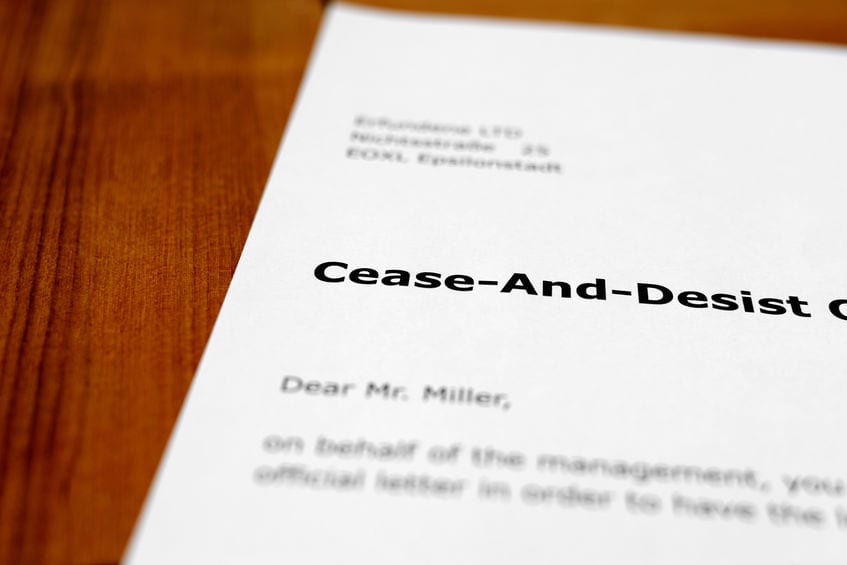Mallory King - October 18, 2019 - Cybersquatting Law, Demand Letters

Cybersquatting can come in many forms, but generally occurs when a domain name is registered with bad faith and is identical or confusingly similar to another party’s trademark or personal name. Locating a domain name that is cybersquatting your trademark can happen a variety of ways, either through self-discovery, customer confusion, the registrant’s proposed sale of the domain, Trademark Clearinghouse notifications, or one of Traverse Legal’s coveted Trademark Monitoring Projects. However you come to realize that cybersquatting is happening to your trademark, it can be difficult to decide how to proceed next. Our first step is simple: Send a Cybersquatting Demand Letter.
Unless the cybersquatting at issue is extremely obvious, our attorneys typically issue demand letters after conducting a Cybersquatting Assessment and Strategy Project. These assessments typically include consideration of (1) our client’s trademark rights; (2) whether the domain was registered before or after the trademark; and (3) whether the registrant might have any bad faith (or good faith) use of the domain. If the assessment points to cybersquatting, we proceed with issuing a demand letter to the registrant, asserting leverage under the Anticybersquatting Consumer Protection Act, and demanding transfer of the domain name to our client. The ultimate goal of these demand letter is to acquire the domain on behalf of our client or, if the domain name is for sale, at least get the (usually exorbitant) price lowered so that our client may purchase it.
While cybersquatting demand letters are inexpensive and typically effective, the letters are not without their weaknesses. One of the biggest hurdles is identifying and contacting the domain name registrant given new privacy laws such as the General Data Protection Regulation (“GDPR”). Registrants can now hide behind a “privacy protected” status, making acquiring the contact information for website difficult. However, when looking up a domain on WHOIS and the registrant is privacy protected, the registrar and/or privacy protection company typically provides an abuse email contact for that particular domain. If not, some registrars will disclose the registrant’s identity in light of cybersquatting claims, though this cannot always be guaranteed. In the event that a registrant cannot be identified, initiating a UDRP Complaint is a good alternative and will disclose the registrant’s identity pursuant to the online arbitration.
Despite the challenges that can come with identifying the registrant of a cybersquatted domain name, Cybersquatting Demand Letters remain one of our most cost-effective solutions to acquiring a domain name on behalf of our clients. If you are wanting to assert leverage against a cybersquatter, ask Traverse Legal about sending a Cybersquatting Demand Letter today.